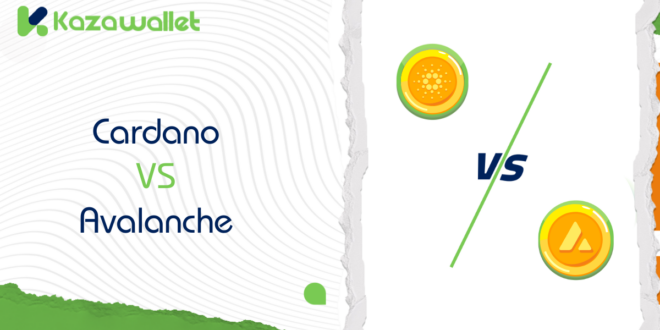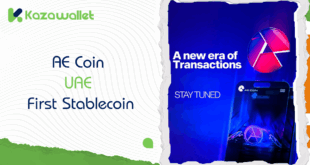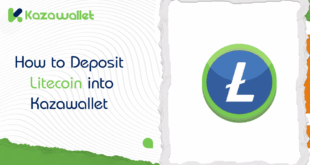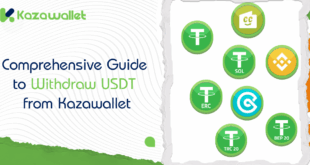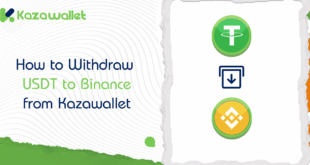Among the many virtual currencies that vie to become the market leaders, there are some that differentiate themselves based on innovative technologies and grander objectives
Here, Cardano and Avalanche stand prominently among such currencies, but the nature and goals of the two are vastly different.
Here, we will be going into a comparison of Cardano vs Avalanche, detailing the differences between Cardano and Avalanche, highlighting the primary differences between the two, along with the dangers involved with each of them.
What is Avalanche?
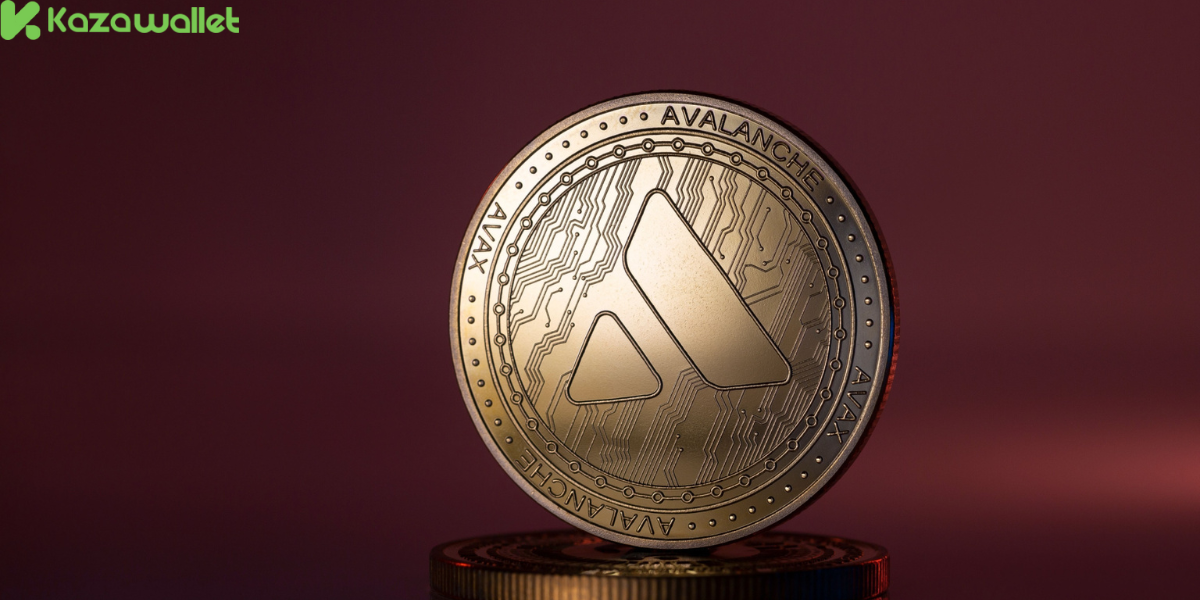
Let’s begin with Avalanche (AVAX), one of the newest entries into the blockchain arena.
Introduced in early 2020, Avalanche targets the provision of sophisticated solutions to common issues that are encountered by blockchain networks, including scalability and speed.
Avalanche is distinct thanks to its novel protocol that has three parallel blockchains operating concurrently: the Exchange Chain (X-Chain), the Contract Chain (C-Chain), and the Platform Chain (P-Chain).
This three-chain structure enables improvement in the efficiency and speed of the network, as various functions are dispersed into the proper chains rather than packed into one chain.
Conversely, however, Avalanche comes up with the concept of the “Snow Consensus” innovation, a novel consensus algorithm that aims to support fast transaction rates with decentralization and security maintained simultaneously.
This makes it appealing to financial institutions and decentralized finance (DeFi) initiatives, which demand quicker and more efficient transactions.
USDT vs Avalanche: A Comparison of Risks and Stability
What is Cardano?
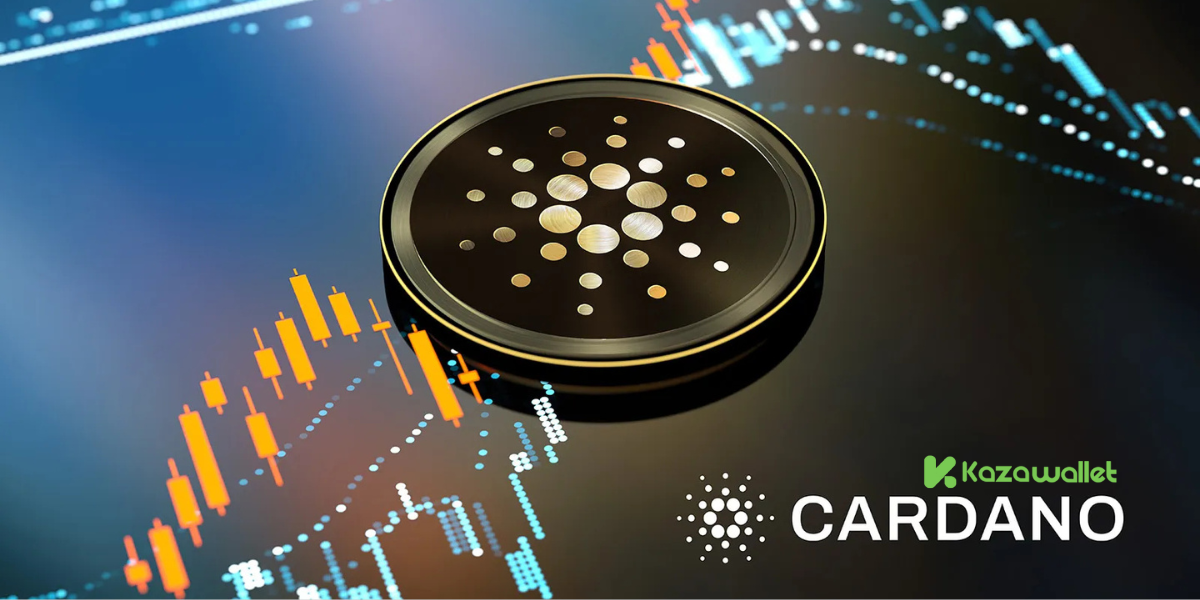
Regarding Cardano (ADA), it is yet another very significant project, but based on an altogether different philosophy.
Cardano was launched in 2017 and is one of the very first cryptocurrencies to be based on strong scientific principles.
The Cardano development team comprises researchers and scholars based all around the globe, so this is not so much an emphasis on rapid adoption or speed but more of a research-oriented and developmental project.
Cardano is based on a consensus algorithm called the “Ouroboros,” which is a Proof of Stake (PoS) mechanism that is intended to be more efficient and less power-hungry than Bitcoin’s Proof of Work (PoW) mechanism.
In addition, Cardano aims to deliver complete solutions to practical issues, including financial services to underserved or distant regions.
Cardano vs USDC: A Comparison of Risks and Stability
Cardano vs Avalanche: Differences Between Cardano and Avalanche
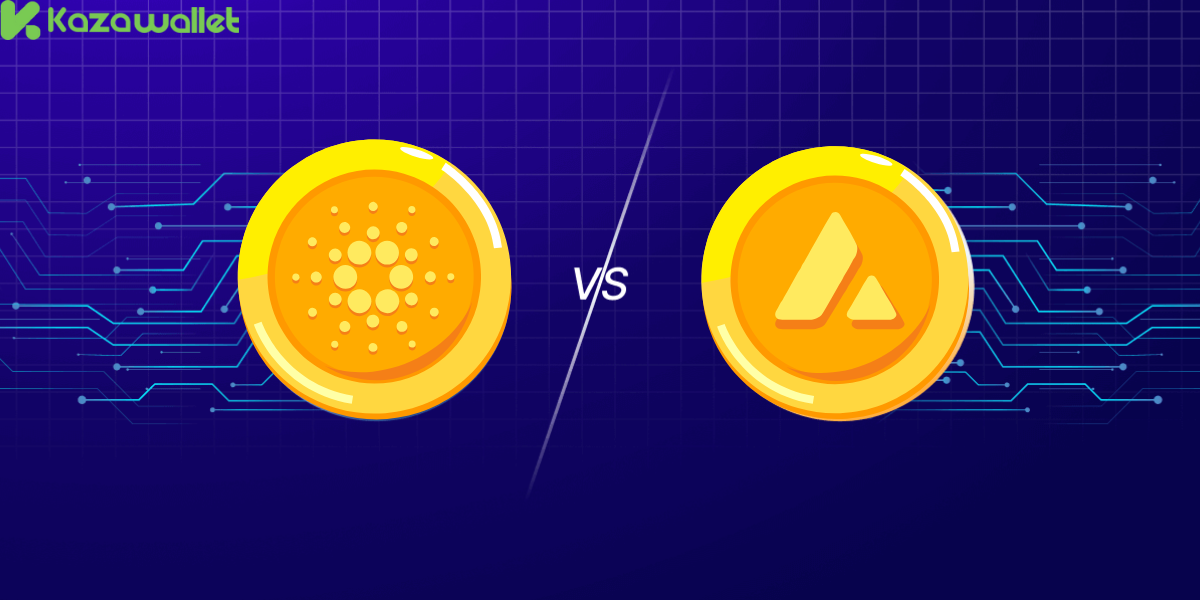
Here are the differences between Cardano and Avalanche:
Primary Purpose
Avalanche is designed to deliver high-efficiency, high-speed networks suited to financial transactions, as well as to decentralized apps, due to the high scalability that is specifically required of such institutions.
Cardano, however, aims to deliver sustainable, flexible solutions that can be utilized in numerous sectors, such as education, healthcare, and finance.
Stability and Technology
One of the differences between Cardano and Avalanche is technology, where the distinction is most apparent. Avalanche has a multi-chain architecture and the Snow Consensus that separates it from the others, making it quicker and able to support many transactions at the same time.
Conversely, Cardano has the benefit of a more stable, sustainable strategy wherein each aspect of the project is constructed after thorough research and exhaustive testing.
Supply and Adoption
In terms of supply, Avalanche has an upper limit of 720 million AVAX tokens, whereas Cardano has an upper limit of 45 billion ADA tokens.
For acceptance and adoption, however, Avalanche has swiftly gained ground among the DeFi community thanks to the efficiency and speed of the platform, while Cardano will take time to be widely adopted, thanks to the emphasis of the platform on careful, science-driven development.
Usage
Usage-wise, Avalanche is widely used in DeFi applications, along with NFTs, thanks to the fact that it is scalable.
Cardano, conversely, is applied more to socially or ecologically focused projects, corresponding to its wider vision of remaking the world.
Decentralization
As for decentralization, the two projects share the same objective, but Avalanche has a more practical approach to finding that balance between decentralization and performance, whereas Cardano emphasizes reaching greater decentralization but at the expense of a slower pace.
Other Differences
Another significant distinction is that Avalanche has a dynamic, thriving community that appeals to developers who are looking for immediate opportunities.
Cardano, however, has a focus towards the future based on education and research, appealing to those who like projects that are sustainable.
Cardano vs Avalanche: Risks involved
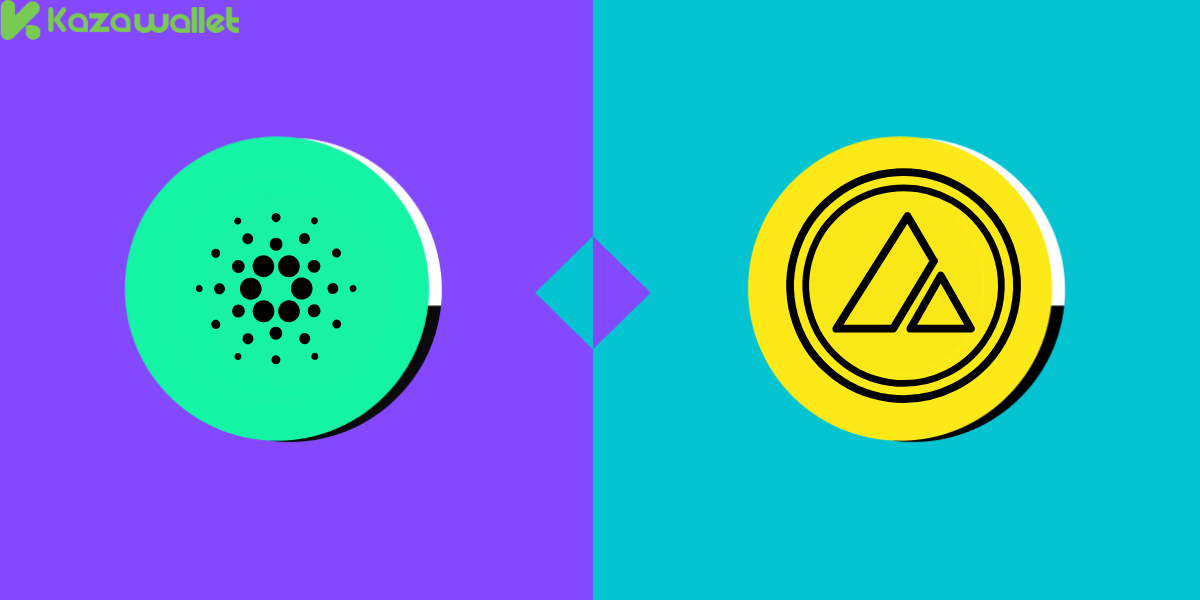
Risks Associated with Cardano
- Market Volatility: ADA is a digital currency prone to market fluctuations, where its price can be significantly affected by factors such as project-related news, technological developments, or general shifts in the cryptocurrency market.
- Scalability Challenges: Although Cardano was designed to be more efficient and sustainable than other platforms, it may face challenges regarding scalability.
- Security Concerns: While Cardano relies on the Proof of Stake (PoS) mechanism, which is considered safer than traditional mechanisms like Proof of Work (PoW), the network is not entirely immune to potential security vulnerabilities or attacks.
- Regulatory Risks: Regulatory frameworks remain one of the biggest challenges facing digital currencies in general, and Cardano is no exception. Unclear global regulations may lead to new restrictions or even bans on its use in certain countries.
- Market Risks: Like many cryptocurrencies, ADA remains susceptible to market bubbles and fluctuations in supply and demand.
Risks Associated with an Avalanche
- Intense Competition: Avalanche faces strong competition from other blockchain platforms like Ethereum. These platforms offer similar features and have large user bases, making it difficult for Avalanche to attract new users and maintain its competitive position.
- Requirement to Stake 2,000 AVAX: Avalanche requires validators to stake 2,000 AVAX to participate in transaction validation. This requirement can be a barrier for some users who do not own enough AVAX to participate in the system.
- High Costs for Small Investors: Although the price of a single AVAX token is much lower than other digital currencies, the requirement to stake 2,000 AVAX makes investing in Avalanche more costly compared to coins like Dogecoin (DOGE).
- Complex Compatibility with Ethereum: Avalanche is one of the few digital blockchains capable of connecting with Ethereum.
Conclusion
Both bring innovative concepts to the blockchain, but each in keeping with their worldviews and approaches.
That said, one has to be cognizant of the dangers involved with them and invest only after thorough research and intimate knowledge of the technologies involved.
The appropriate currency to use is dependent on individual needs and investment objectives.
If you’re seeking a long-term investment or a safe means of holding value, this article has equipped you with a comparison of Cardano vs Avalanche — the initial step towards making an informed choice.
 Blog Kazawallet
Blog Kazawallet
